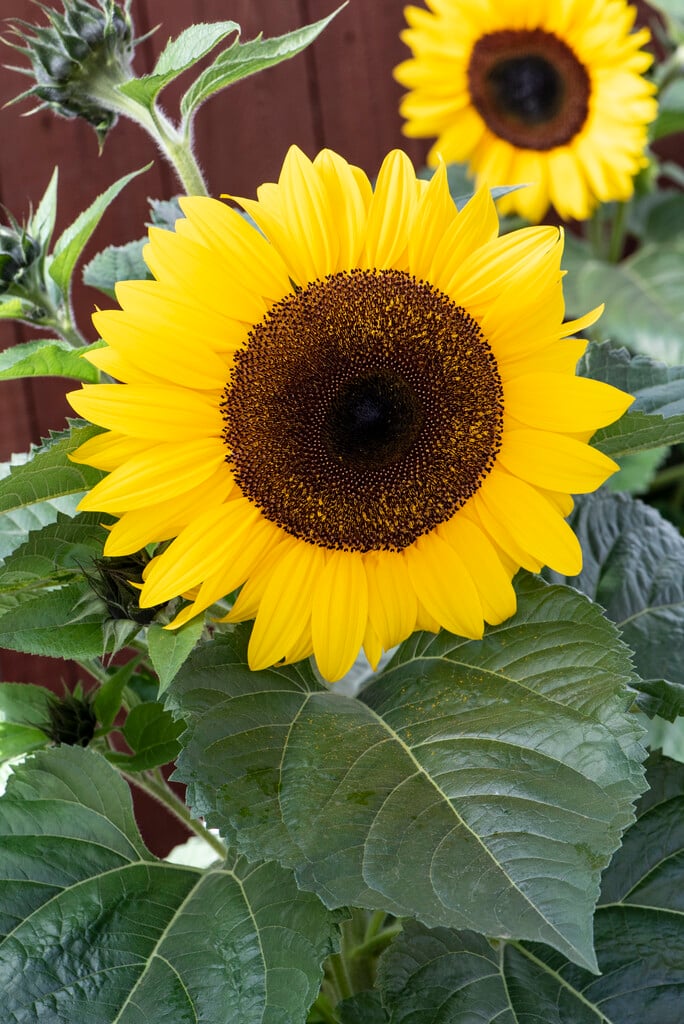Size
Ultimate height
0.5–1 metresTime to ultimate height
1 yearUltimate spread
0.1–0.5 metresGrowing conditions
Moisture
Moist but well–drainedpH
Acid, Alkaline, NeutralColour & scent
| Stem | Flower | Foliage | Fruit | |
| Spring | Green | |||
|---|---|---|---|---|
| Summer | Yellow | Green | ||
| Autumn | Green | |||
| Winter |
Position
- Full sun
Aspect
East–facing or South–facing or West–facing
Exposure
Sheltered Hardiness
H5Botanical details
- Family
- Asteraceae
- Native to GB / Ireland
- No
- Foliage
- Deciduous
- Habit
- Bushy, Clump forming
- Genus
Helianthus can be tall, erect annuals, tuberous or rhizomatous perennials, with coarse simple leaves and large daisy-like flower-heads
- Name status
Unresolved
How to grow
Cultivation
Grow in a moderately fertile, humus-rich, moist but well-drained, neutral to alkaline soil in full sun. Needs a long hot summer to flower well. May need support. See staking perennials
Propagation
Propagate by seed (sown indoors) between April and May and keep in a sunny location, planting out in late spring or early summer when the risk of frost has passed. Also propagate by seed (sown outdoors) when the risk of frost has passed
Suggested planting locations and garden types
- City and courtyard gardens
- Cottage and informal garden
- Prairie planting
- Wildlife gardens
- Cut flowers
- Flower borders and beds
Pruning
Cut back after flowering or leave flower heads for birds and other wildlife
Pests
Diseases
May be susceptible to powdery mildews and sclerotinia diseases
Get involved
The Royal Horticultural Society is the UK’s leading gardening charity. We aim to enrich everyone’s life through plants, and make the UK a greener and more beautiful place.
